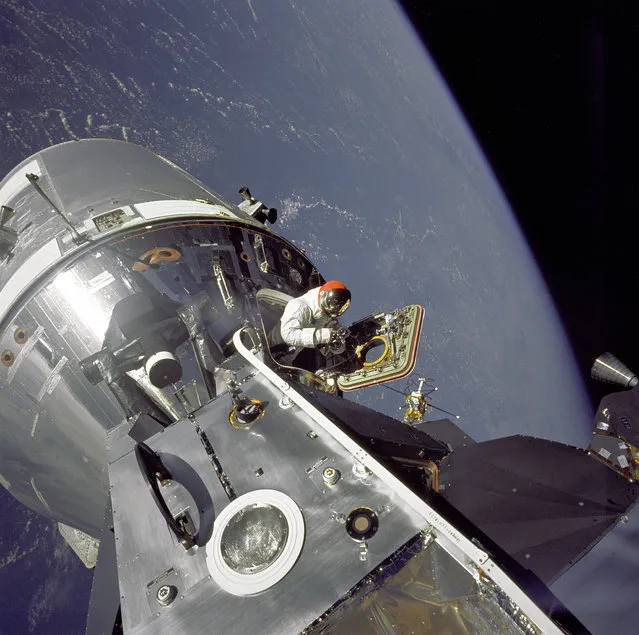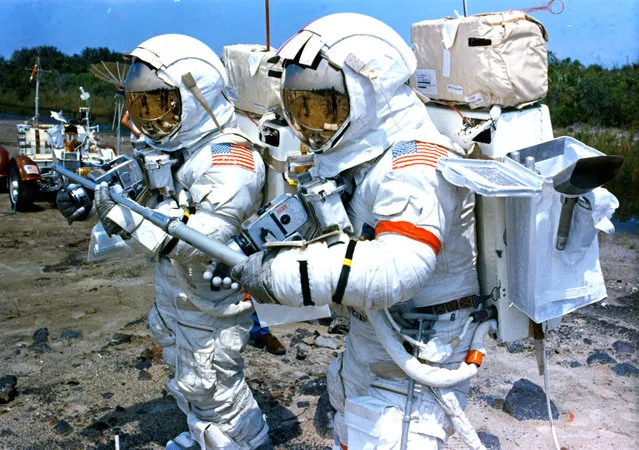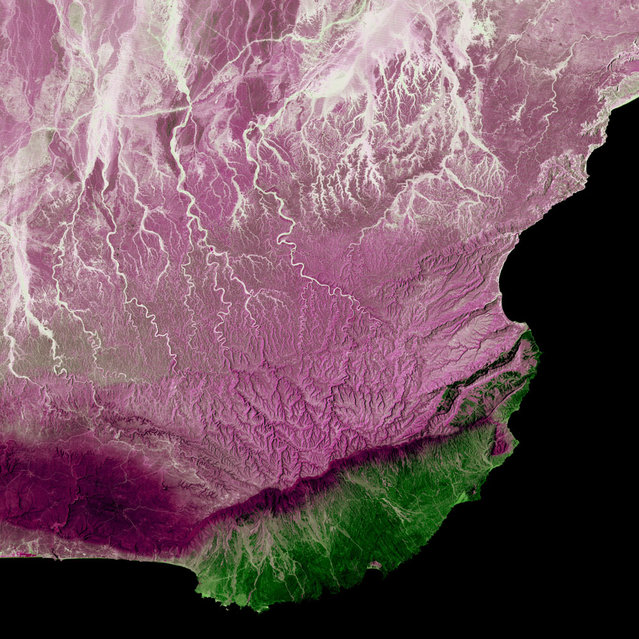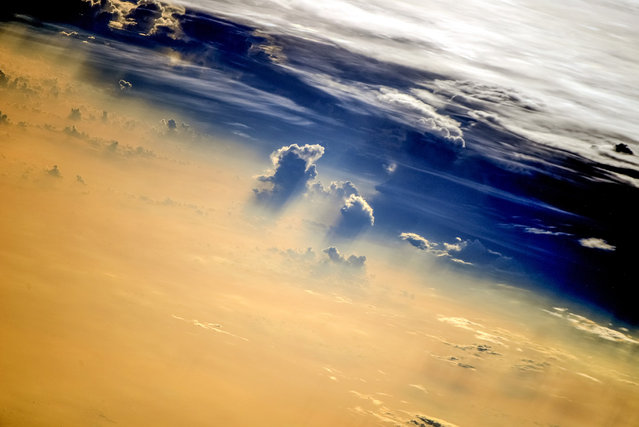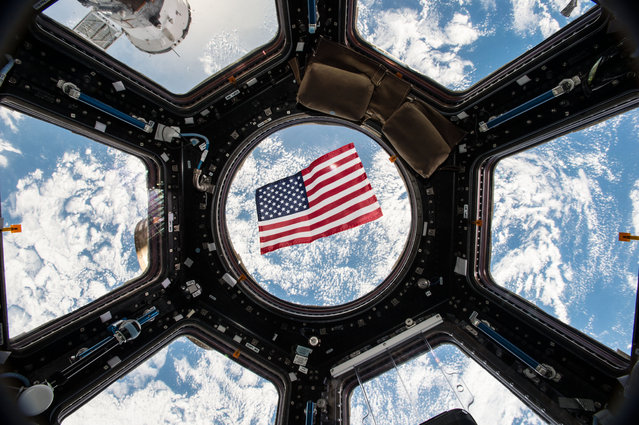
American artist Kurt Wenner creates unparalleled three-dimensional drawings on asphalt streets and of floor. Kurt – A former employee of NASA, which is the love of the art of the Renaissance left the space agency and left to raise the artistic skills in Rome. Has a variety of awards in the arts. Here is a selection of his works made in different cities around the world.
05 Jun 2014 22:01:00,post received
0 comments


